
GTM Fire is your trusted partner for all your fire hydrant system installation needs in India. With our expertise and commitment to safety, we provide top-notch Fire Hydrant Systems specifically designed for offices.
Our Office Fire Hydrant Systems are meticulously engineered to safeguard your workspace and protect it from the devastating effects of fire. We understand the critical importance of having a reliable fire safety infrastructure in place, which is why we offer comprehensive solutions tailored to meet the unique requirements of office environments.
At GTM Fire, we take pride in our Office Fire Hydrant System Installation services, ensuring seamless integration of advanced fire safety measures into your workplace. Our team of skilled professionals is well-versed in the latest industry standards and regulations, guaranteeing a flawless installation process that adheres to the highest quality standards.
When it comes to Fire Hydrant Systems in offices, we understand that every detail matters. Our systems are intelligently designed to optimize functionality while seamlessly blending with your office aesthetics. We prioritize efficiency and effectiveness, providing you with a reliable and user-friendly fire safety solution that gives you peace of mind.
In addition to our installation services, we also offer comprehensive maintenance and AMC (Annual Maintenance Contract) packages for Fire Hydrant Systems in offices. Our dedicated team of experts will ensure that your system is regularly inspected, tested, and serviced to maintain its optimal performance. With our maintenance services, you can rest assured that your fire safety infrastructure is always in top condition, ready to protect your office and its occupants.
Trust GTM Fire for all your Office Fire Hydrant System Installation needs in India. We are committed to providing superior quality products, impeccable installations, and reliable maintenance services. Contact us today and let us help you safeguard your office with our cutting-edge fire hydrant systems. Your safety is our priority.
The installation process of a fire hydrant system for offices typically involves the following steps:
1. Fire Safety Assessment: Conduct a thorough assessment of the office space to determine the appropriate locations for fire hydrants based on the office layout, occupancy, and fire safety regulations.
2. Design and Planning: Engage a professional fire protection engineer or consultant to design the fire hydrant system. They will consider factors such as water supply, pipe sizing, hydraulic calculations, and building codes to develop an effective system.
3. Obtain Necessary Permits: Obtain any required permits or approvals from local authorities before commencing the installation process. Compliance with local regulations is crucial for the safety and legality of the system.
4. Procurement of Equipment: Purchase the necessary fire hydrant components, including hydrants, pipes, valves, fittings, and any associated equipment such as fire hoses and nozzles. Ensure that all equipment meets the required standards and specifications.
5. Excavation and Pipe Installation: Excavate the designated areas for the fire hydrant system and lay the pipes according to the approved design. Proper trenching techniques and pipe supports should be used to ensure the stability and longevity of the system.
6. Hydrant and Valve Installation: Install the fire hydrants at the designated locations, ensuring they are easily accessible and visible. Install valves, such as gate valves and control valves, at appropriate points to control the water flow within the system.
7. Connection to Water Supply: Connect the fire hydrant system to a reliable water supply source, such as a municipal water line or a dedicated water storage tank. Ensure that the water supply is sufficient to meet the required fire protection demands.
8. Pressure Testing and Flushing: Conduct thorough pressure testing of the installed system to ensure it can withstand the required water pressure. Flushing the system will help remove any debris or contaminants that may have accumulated during the installation process.
9. System Integration and Alarm Activation: Integrate the fire hydrant system with other fire protection systems in the office, such as fire alarms and sprinkler systems. Test the system's functionality and activate the necessary alarms to ensure proper operation during emergencies.
10. Documentation and Maintenance: Create as-built drawings and documentation of the installed fire hydrant system. Develop a maintenance plan that includes regular inspections, testing, and servicing to ensure the system remains in optimal working condition.
It's important to consult with a qualified fire protection professional or contractor who can guide you through the specific requirements and regulations in your area.
When installing a fire hydrant system for offices, you will typically require various accessories to ensure the system functions effectively. Here are some common accessories needed for a fire hydrant system installation:
1. Fire Hydrants: These are the main components of the system and include the hydrant bodies, caps, and nozzles for water discharge. Hydrants are available in different types, such as pillar hydrants or underground hydrants, depending on the installation requirements.
2. Pipes and Fittings: High-quality pipes and fittings are necessary to connect the hydrants, valves, and other components of the system. These may include pipes made of materials like ductile iron, PVC, or HDPE (High-Density Polyethylene), along with fittings like elbows, tees, reducers, and couplings.
3. Valves: Various types of valves are needed to control water flow within the fire hydrant system. This includes gate valves, which control the water supply to the system, and control valves, which regulate the flow to different sections or zones of the system.
4. Fire Hoses and Nozzles: Fire hoses are essential for directing water from the hydrants to extinguish fires. They should be made of durable materials that can withstand high water pressure and heat. Nozzles are attached to the end of fire hoses to control the water stream and extinguishing pattern.
5. Hose Reels and Cabinets: Hose reels and cabinets provide storage for fire hoses, keeping them organized and easily accessible during emergencies. These accessories are typically mounted on walls or located in designated areas throughout the office space.
6. Fire Hose Racks: Fire hose racks are used to store and protect fire hoses when not in use. They help prevent tangling and damage, ensuring that the hoses are ready for immediate deployment when needed.
7. Signage and Markings: Clear signage and markings are crucial for identifying the location of fire hydrants and providing instructions for proper use during emergencies. This includes signage indicating the presence of fire hydrants, directional arrows, and signage indicating water flow direction and pressure.
8. Backflow Prevention Devices: Backflow prevention devices prevent contamination of the water supply by ensuring that water flows in one direction within the system. These devices are crucial for maintaining the integrity of the water supply and preventing cross-contamination.
9. Pressure Gauges and Pressure Reducing Valves: Pressure gauges are used to monitor and measure water pressure within the system. Pressure-reducing valves may be required to regulate the water pressure to the desired levels for effective fire suppression.
10. Strainers and Filters: Strainers and filters are installed at various points within the system to remove debris, sediment, and other impurities from the water supply. This helps prevent clogging and ensures the proper functioning of the system.
Remember, the specific accessories needed for your fire hydrant system installation may vary depending on your office's size, layout, and local regulations. It's recommended to consult with a fire protection professional or contractor to determine the exact accessories required for your specific installation.
Fire hydrant systems offer several benefits for offices when it comes to fire safety and protection. Here are some key advantages:
1. Rapid Fire Suppression: Fire hydrants provide a readily available water supply for firefighting purposes. They allow for quick and efficient fire suppression, helping to minimize the spread of flames and reduce property damage. This is crucial in an office setting where the safety of occupants and the preservation of assets are of utmost importance.
2. Increased Firefighting Capacity: Fire hydrant systems typically have a higher water flow rate compared to portable fire extinguishers or sprinkler systems. This increased capacity enables firefighters to effectively combat larger fires and maintain control until additional resources arrive.
3. Accessibility and Coverage: Fire hydrants are strategically located throughout the office premises, ensuring easy access for firefighters in case of an emergency. Their placement is designed to provide comprehensive coverage, ensuring that no area of the office is too far from a hydrant. This enhances the efficiency and effectiveness of firefighting operations.
4. Water Supply Reliability: Fire hydrants are typically connected to a reliable and dedicated water supply, such as a municipal water line or a dedicated water storage tank. This ensures a constant water source for firefighting, even if there are issues with the office's water supply. It provides an added layer of assurance that water will be available when needed.
5. Complementary Fire Protection Systems: Fire hydrant systems work in conjunction with other fire protection systems, such as fire alarms, sprinkler systems, and smoke detectors. Integration between these systems enhances overall fire safety by providing early detection, alarm activation, and a coordinated response.
6. Regulatory Compliance: Fire hydrant systems are often required by local fire safety codes and regulations for commercial buildings, including offices. Installing and maintaining a fire hydrant system helps ensure compliance with these regulations, avoiding potential fines and penalties.
7. Emergency Preparedness: Having a fire hydrant system in place demonstrates a commitment to emergency preparedness and the safety of office occupants. It provides peace of mind for employees, customers, and stakeholders, knowing that appropriate measures are in place to address fire emergencies.
8. Insurance Benefits: Installing a fire hydrant system can have positive implications for insurance coverage and premiums. Insurance providers often consider fire protection measures when determining policy terms. Having a fire hydrant system in place may lead to reduced insurance rates, reflecting the reduced risk of extensive fire damage.
It's important to consult with fire safety professionals and local authorities to ensure that the fire hydrant system design and installation align with specific office requirements and local regulations.
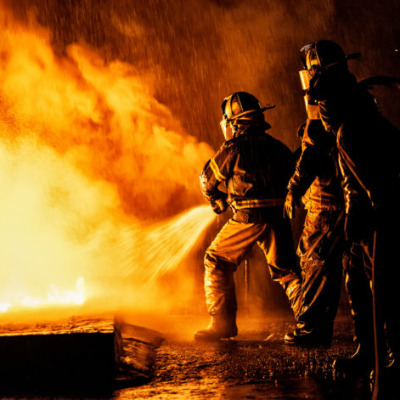 Fire Fighting Equipments
Fire Fighting Equipments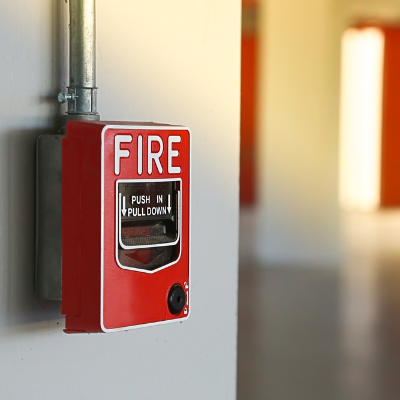 Fire Alarm
Fire Alarm Fire Hydrant System
Fire Hydrant System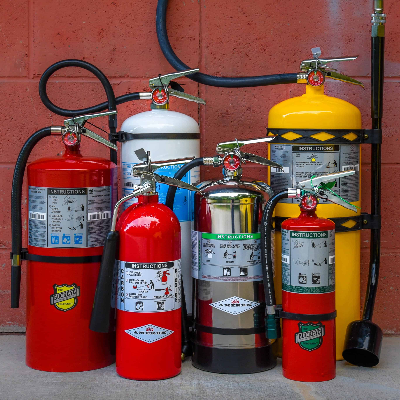 Fire Extinguisher
Fire Extinguisher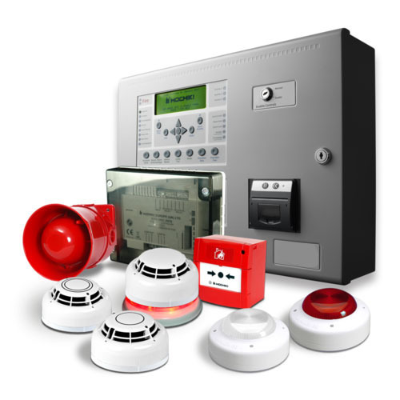 Fire Detection System
Fire Detection System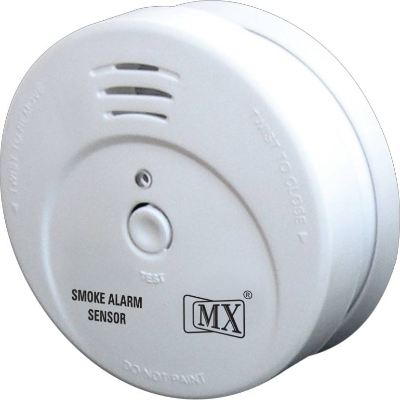 Fire Detector
Fire Detector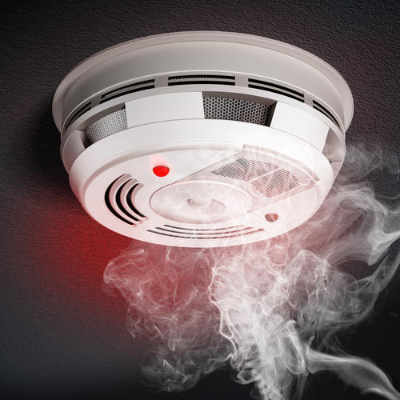 Smoke Detector
Smoke Detector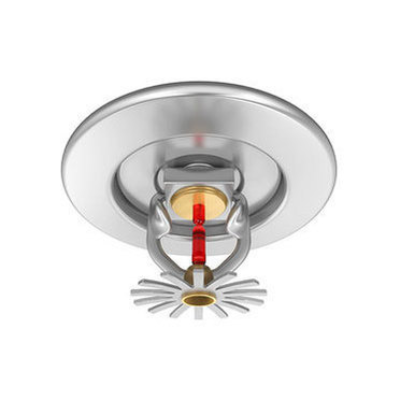 Fire sprinkler
Fire sprinkler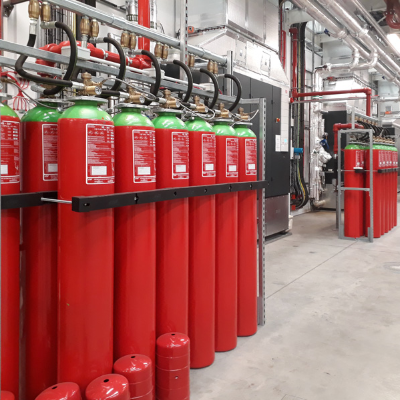 Fire Suppression
Fire Suppression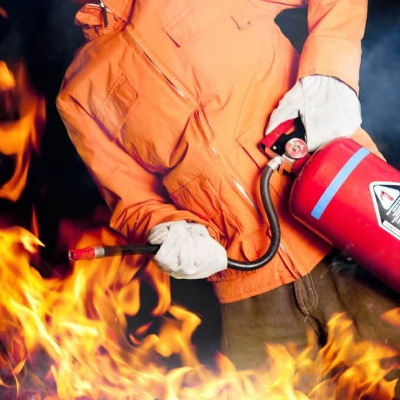 Fire Safety
Fire Safety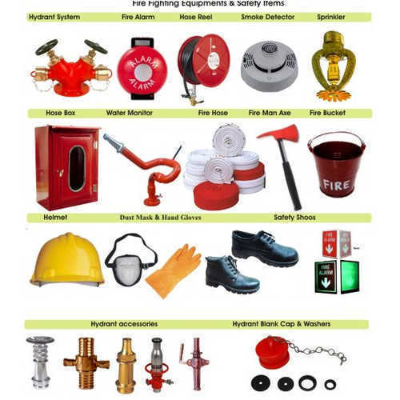 Fire Protection Equipments
Fire Protection Equipments Fire Door
Fire Door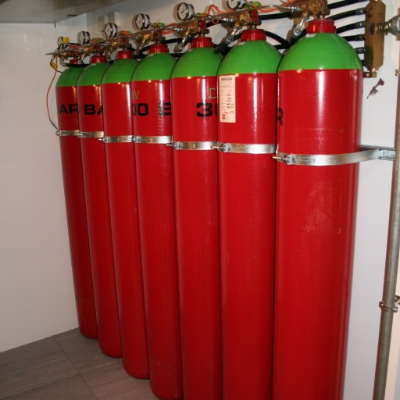 Gas Suppression System
Gas Suppression System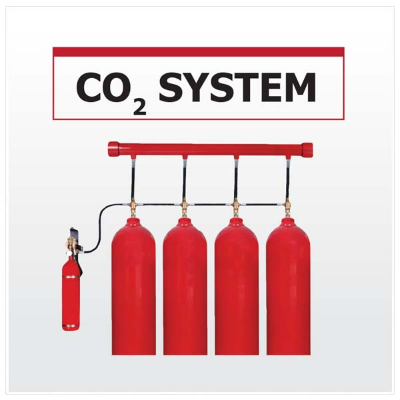 Co2 Fire Suppression System
Co2 Fire Suppression System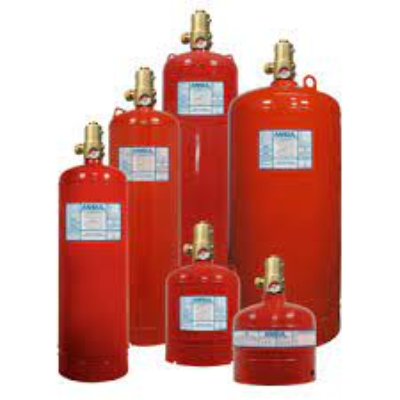 FM 200 Fire Suppression System
FM 200 Fire Suppression System Fire Hydrant System for Building
Fire Hydrant System for Building Fire Hydrant System for Hospital
Fire Hydrant System for Hospital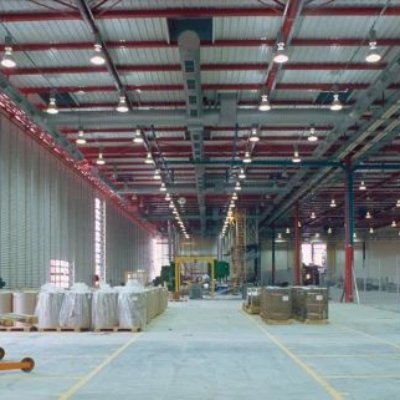 Fire Hydrant System for Warehouse
Fire Hydrant System for Warehouse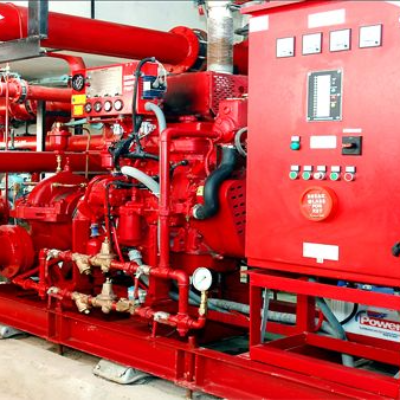 Fire Hydrant System for Factory
Fire Hydrant System for Factory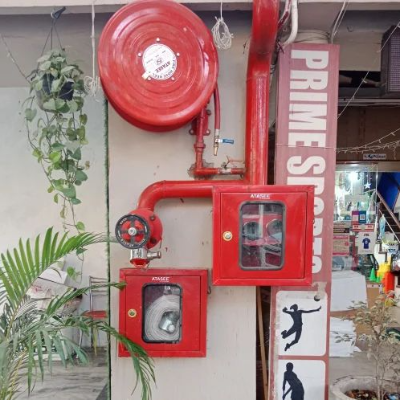 Fire Hydrant System for School
Fire Hydrant System for School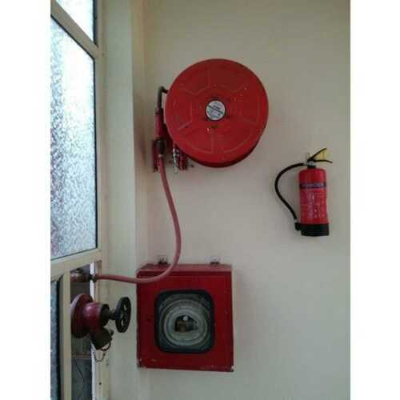 Fire Hydrant System for Hotels
Fire Hydrant System for Hotels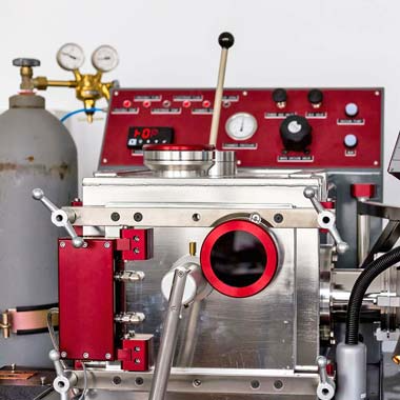 Fire Hydrant System for Laboratory
Fire Hydrant System for Laboratory Fire Hydrant System for Malls
Fire Hydrant System for Malls Fire Hydrant System for Theatres
Fire Hydrant System for Theatres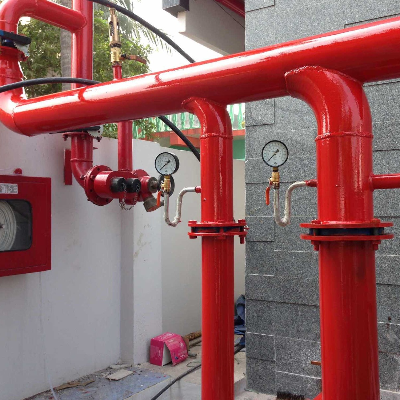 Fire Hydrant System for Housing Society
Fire Hydrant System for Housing Society Fire Hydrant System for Transformer
Fire Hydrant System for Transformer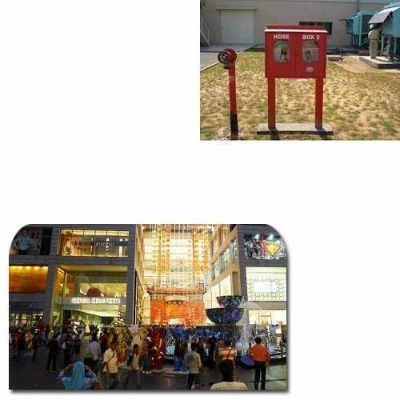 Fire Hydrant System for Shopping Complex
Fire Hydrant System for Shopping Complex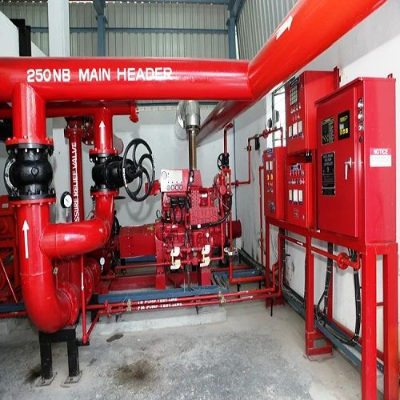 Fire Hydrant System for Industries
Fire Hydrant System for Industries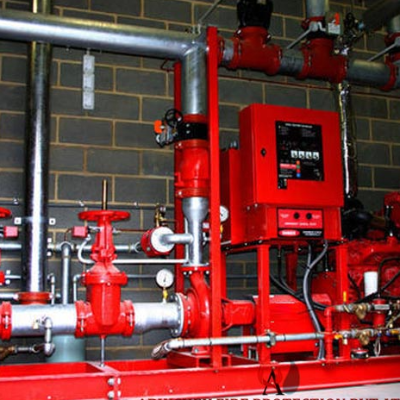 Fire Hydrant System for Construction Site
Fire Hydrant System for Construction Site Fire Sprinkler System for Buildings
Fire Sprinkler System for Buildings Fire Sprinkler System for Retail Store
Fire Sprinkler System for Retail Store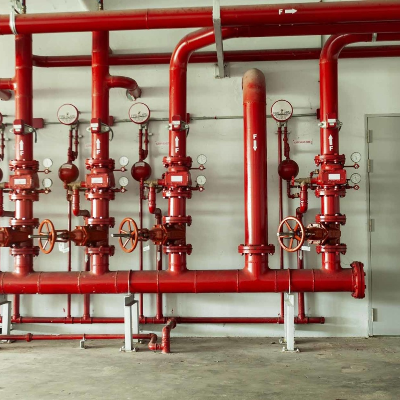 Fire Sprinkler System for Shopping Complex
Fire Sprinkler System for Shopping Complex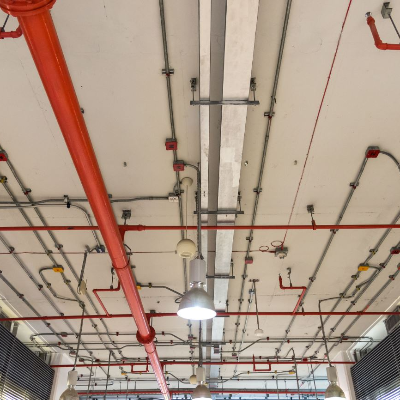 Fire Sprinkler System for Electrical Room
Fire Sprinkler System for Electrical Room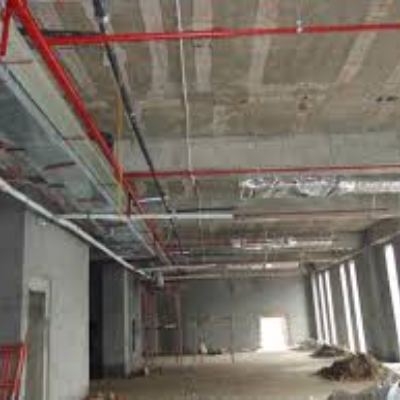 Fire Sprinkler System for Basement
Fire Sprinkler System for Basement Fire Sprinkler System for Theaters
Fire Sprinkler System for Theaters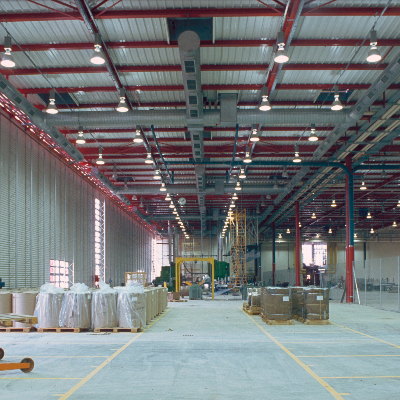 Fire Sprinkler System for Garage
Fire Sprinkler System for Garage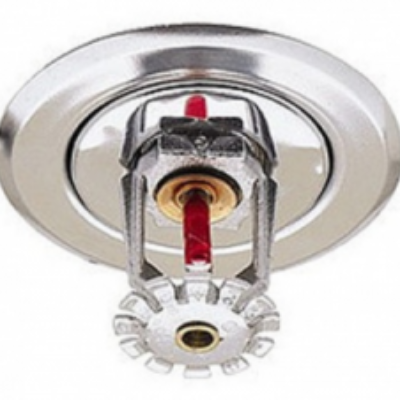 Fire Sprinkler System for Home
Fire Sprinkler System for Home Fire Sprinkler System for Restaurant
Fire Sprinkler System for Restaurant Fire Sprinkler System for Malls
Fire Sprinkler System for Malls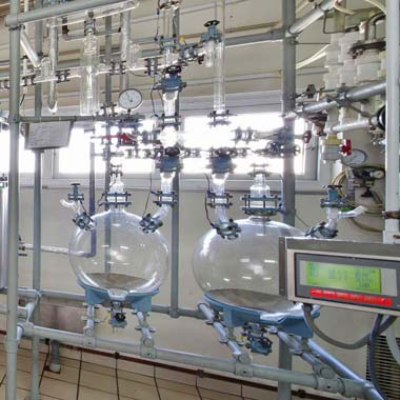 Fire Sprinkler System for Laboratories
Fire Sprinkler System for Laboratories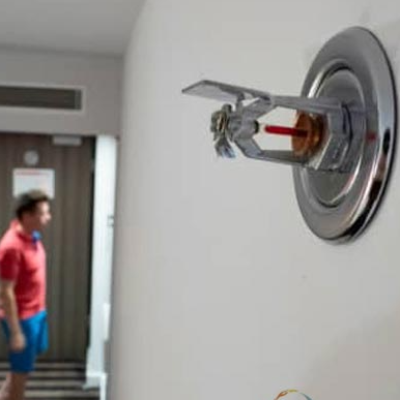 Fire Sprinkler System for Hotels
Fire Sprinkler System for Hotels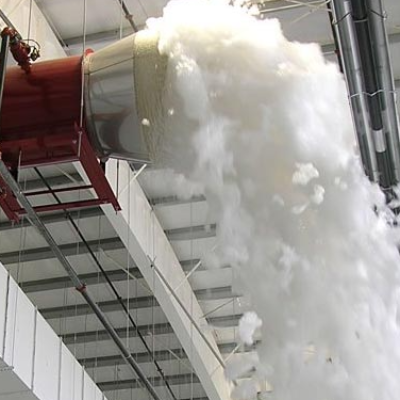 Fire Sprinkler System for Factories
Fire Sprinkler System for Factories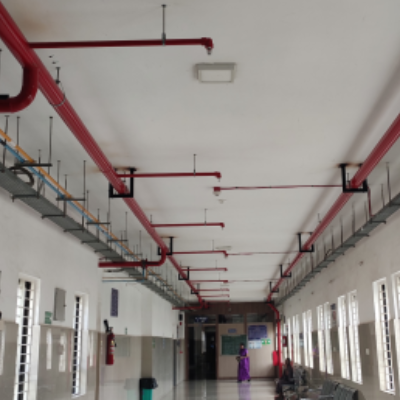 Fire Sprinkler System for Hospital
Fire Sprinkler System for Hospital Fire Sprinkler System for Warehouse
Fire Sprinkler System for Warehouse Fire Sprinkler System for Office
Fire Sprinkler System for Office Fire Alarm System for Factory
Fire Alarm System for Factory Fire Alarm System for Office
Fire Alarm System for Office Fire Alarm System for Warehouse
Fire Alarm System for Warehouse Fire Alarm System for Home
Fire Alarm System for Home Fire Alarm System for Residential Building
Fire Alarm System for Residential Building Fire Alarm System for Office Building
Fire Alarm System for Office Building Fire Alarm System for Building
Fire Alarm System for Building Fire Alarm System for Business
Fire Alarm System for Business Fire Alarm System for Commercial Building
Fire Alarm System for Commercial Building Fire Alarm System for Restaurant
Fire Alarm System for Restaurant Fire Alarm System for Hospital
Fire Alarm System for Hospital Fire Alarm System for Schools
Fire Alarm System for Schools Fire Alarm System for Hotels
Fire Alarm System for Hotels Fire Alarm System for Mall
Fire Alarm System for Mall Fire Alarm System for Airport
Fire Alarm System for Airport Fire Alarm System for Cinema Hall
Fire Alarm System for Cinema Hall Fire Alarm System for Home care
Fire Alarm System for Home care Fire Alarm System for Shopping Complex
Fire Alarm System for Shopping Complex Fire Alarm System for Apartment
Fire Alarm System for Apartment Fire Alarm System for Laboratory
Fire Alarm System for Laboratory Fire Alarm System for Retail Store
Fire Alarm System for Retail Store Fire Alarm System for Food Court
Fire Alarm System for Food Court Fire Alarm System for Kitchen
Fire Alarm System for Kitchen Fire Alarm System for Data Center
Fire Alarm System for Data Center Fire Alarm System for Coaching Institute
Fire Alarm System for Coaching Institute Fire Alarm System for Auditorium
Fire Alarm System for Auditorium